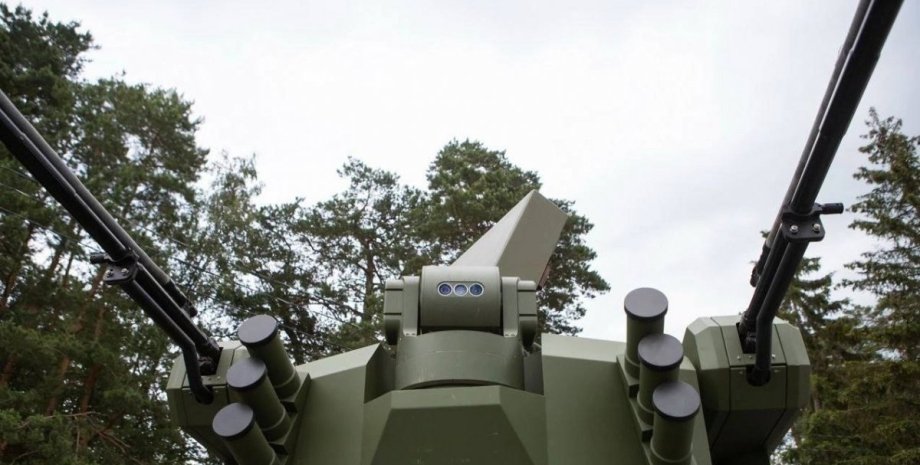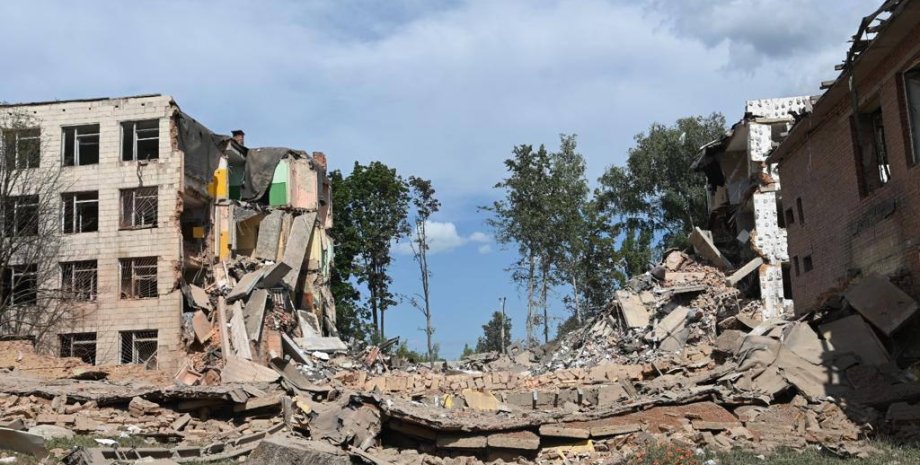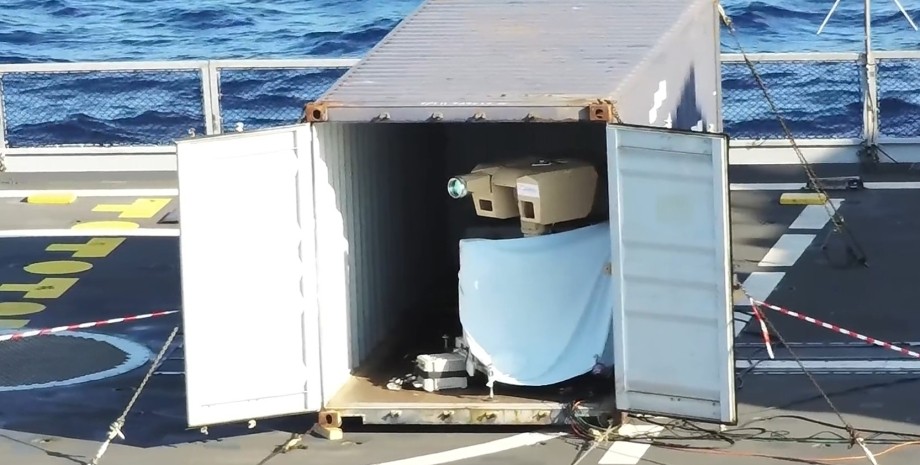
 By Eliza Popova
By Eliza Popova
Russia (or the new states that arose on its territory) returned to world civilization, sanctions were lifted, reparations were paid, and eternal peace and auspiciousness of the air were frowned upon. And so the consideration of this mega-project begins. "He dreamed, biting the fishing rod, to bring America and Russia together. . . ". We start counting. After all, the tunnel should connect something - some roads that do not exist today.
First you need to build: In Russia, there is a railway from Chukotka to Yakutsk. This is about 3,000 km across the permafrost. Let's count at a minimum, the bridge across the Lena was built, no one steals, cheap labor is $50 billion. In addition, the entire Trans-Sib should be rebuilt, which will take on part of this transport load — that's tens of billions more. In the USA, there is a railway from Alaska to the Canadian network. Another 2,500 km across the permafrost. $75-100 billion.
Plus all the accompanying infrastructure — energy, residential complexes, roads — another $10-20 billion. The tunnel itself — $50-80 billion. In total: it will not be cheaper than $200 billion. I will add that building in permafrost is incredibly difficult. Extreme climate (up to -50°C in winter). Limited terms of construction, thawing and subsidence of the soil, uneven deformations, shortage of building materials in the tundra, etc. Multiply by swamps, tundra lakes, river overflows.
And the region is seismically active. Very high operating costs: heating/ventilation of the tunnel, water pumping, constant repairs of the railway track — this is another $2-5 billion per year. Well, good. They built They laid They opened The last crutch was hammered. The ribbon was cut. The first question is what to carry? Oil and gas? But there are tankers for that. Metals and ores? But it is cheaper by sea. Forest? It is also cheaper by sea.
There are no such questions regarding the tunnel under the English Channel - there are two developed industrial states nearby. And we got a road from nowhere to nowhere. Connecting China and the USA via Russia by rail is a good idea. But they perfectly transport everything directly by sea. There is nothing cheaper than sea transport. The train goes twice as fast, but costs twice or three times more. In addition, one train carries about 200 times fewer containers than one ship.
What kind of cargo would justify such a delivery? Electronics? But it is transported by airplanes. What can be transported in such volumes that it would be economically beneficial? I will add that global warming not only puts the permafrost railway project itself under attack (everything can simply sink), but also opens up the possibility of delivery via the Northern Sea Route 4-6 months a year (40% shorter than via Suez). And why the railway then? p. s. And more.
Let's remember megaprojects that paid off and that turned out to be unprofitable Suez Canal (1869). Cost: $100 million — about $2 billion today. It paid off in 40 years. Today: 12% of world trade, revenue $10 billion/year. Panama Canal (1914). Cost: $375 million — about $10 billion today. It paid off in 50 years. Today: 6% of world trade, revenue $3 billion/year. Eurotunnel (1994).
The cost of $21 billion did NOT pay off for investors (bankruptcy 2007), but paid off for the economy: 21 million passengers/year. 1. 6 million trucks/year. Connected the two largest economies of Europe. Did NOT pay off or were abandoned: Transpolar highway — a railway project from the shores of the Barents Sea to the coast of the Sea of Okhotsk and to Chukotka. Crazy money poured in and everything was thrown away. Trans-Amazon Highway (Brazil, 1970s). Cost: $10+ billion.
Result: road collapses, traffic minimal, environmental disaster. Most of China's high-speed railways are unprofitable today. More than $900 billion was invested in them. The route through the Gobi desert: Lanzhou - Urumqi (1,776 km) is unprofitable. The route through Manchuria, Beijing — Harbin (1,249 km) is unprofitable. Net loss: $10-20 billion/year. Interest payments on debt: $40+ billion/year. I will especially stop at the Chinese railway to Tibet. Xining (Qinghai) — Lhasa (Tibet): 1,956 km.
The average height is 4000 meters. This is a miracle of engineering thought. The carriages are airtight (like an airplane cabin). Supplemental oxygen supply. Special medical teams in every train. 550 km pass through permafrost - in the summer the soil melts and the rails "float". Fengho-Shan tunnel (1338 m) is the longest tunnel on permafrost. Special thermosyphons (cooling pipes) have been installed to reduce melting. -40°C in winter, heavy rains and landslides in summer.
Plus powerful ultraviolet radiation — high altitude (up to 5072 meters). Special locomotives are needed to work at such heights. What is being carried on this road? Mostly goods for Tibet (food, building materials). From Tibet - minerals and wool (volumes are very small). Passenger traffic is 3-4 million passengers/year. After covid, it also fell twice. The road turned out to be golden and incredibly unprofitable — up to $700 million/year.
Its real purpose is to quickly transfer troops to Tibet if necessary. There is, of course, the new Silk Road, in which China has already poured more than a trillion dollars, but this project deserves a separate story. And you can forget about the tunnel under the Bering Strait for now. If it will be built, then not in this century. The author expresses his personal opinion, which may not coincide with the editorial position. The author is responsible for the published data in the "Opinions" section.










All rights reserved IN-Ukraine.info - 2022